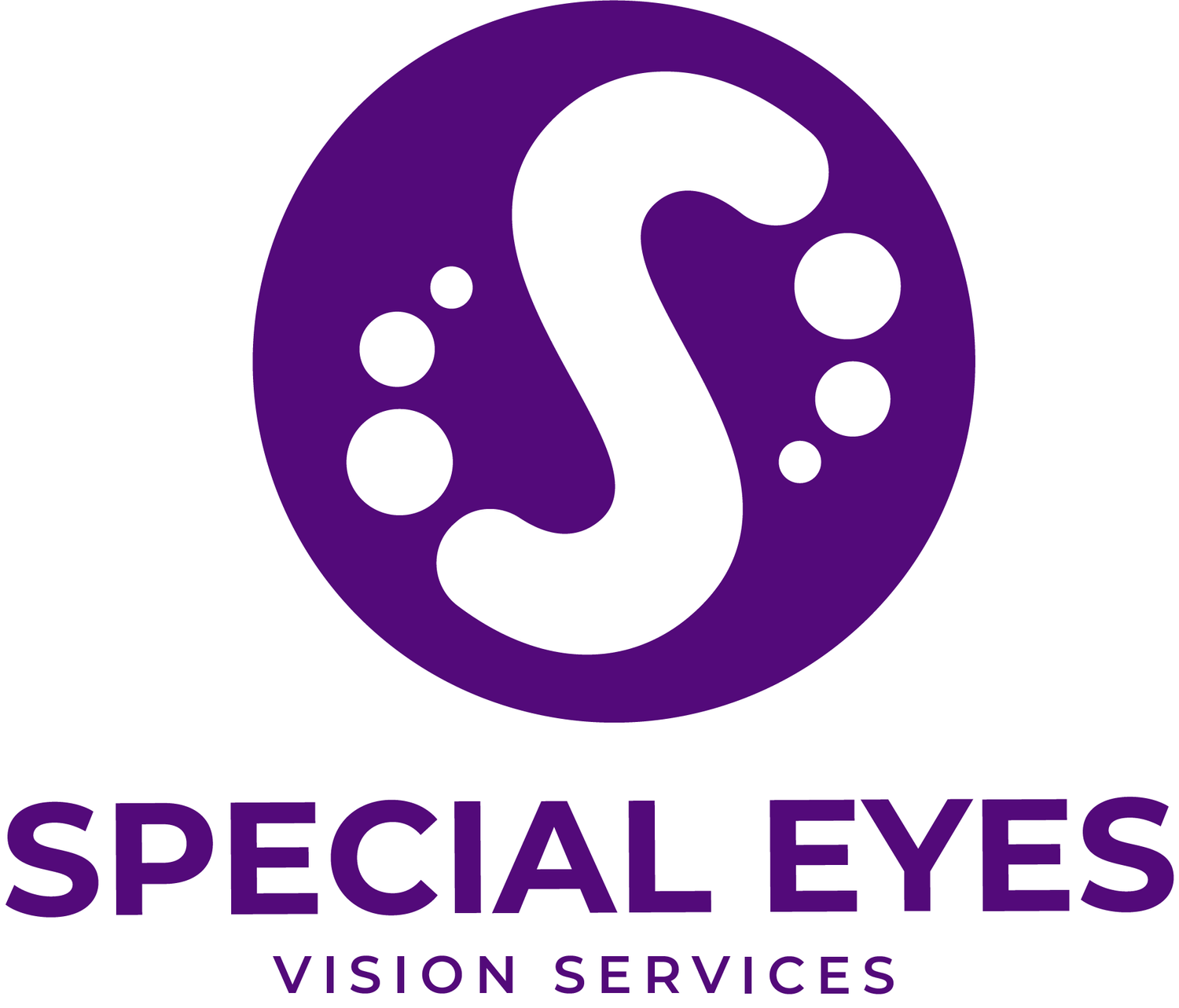Not Behavioural Optometry
People often ask me if I am a behavioural optometrist. The answer is no. The next question that usually follows is, "How does what you do differ?" In this blog post, I aim to clarify the key distinctions between my clinical optometry practice and behavioural optometry.
Similarities
While our approaches differ, there are several key areas where my practice and behavioural optometry overlap:
Both aim to maximise visual performance.
Both consider functional vision (how a person uses vision in daily life) as well as visual function (the physiological and neurological processes involved in vision).
Both assess how the eyes work together and test for conditions such as amblyopia (lazy eye) and strabismus (eye turn).
Both work with populations whose development differs from typical patterns.
Both provide support and management strategies for treatable conditions such as strabismus and refractive errors.
Both prescribe glasses when needed.
Key Differences
While there are similarities, our approaches and patient populations are fundamentally different.
Primary Goal and Focus
Behavioural Optometry: Focuses on preventing vision and eye problems from developing or worsening and ensuring that visual abilities needed for everyday tasks such as reading, sports, working, and digital device use are functioning efficiently.
My Clinical Practice: Works to minimise the impact of existing vision problems on function and quality of life, often through environmental modifications rather than direct visual training.
Approach to Binocular Vision
Behavioural Optometry: Aims to improve binocular vision, using vision therapy and exercises to train the eyes to work together more effectively.
My Clinical Practice: Many of my patients cannot attain binocular vision due to neurological or developmental conditions. Instead, we focus on compensatory strategies and environmental adjustments to help them function as effectively as possible.
Methods of Practice
Behavioural Optometry: Often prescribes vision therapy, which involves structured in-office sessions and home exercises over weeks or months to improve eye coordination, focusing, and processing.
My Clinical Practice: Does not prescribe vision therapy, because there are no evidence-based treatments available to my patients. Instead, I identify visual limitations and collaborate with existing support professionals—educators, therapists, and families—to implement appropriate adaptations to daily activities, ensuring full access is possible.
A Different Approach
The Australian College of Behavioural Optometrists (ACBO) states on their website:
"Behavioural Optometry considers your vision in relation to your visual demands, such as reading, computer, and learning to read and write, to ensure your vision is working easily and comfortably."
Similarly, in my clinical practice, I consider vision in relation to what a person wants to use their vision for. However, because I support individuals with disabilities, my assessments focus on determining what they can and cannot see. Vision impairment is highly prevalent among people with disabilities, and often there are no treatments to "fix" the vision issues. Instead, we must find alternative ways to ensure they can access their chosen activities, typically by modifying their visual environment.
The aim is to ensure that visual materials are presented within the limits of what my patients can see through environmental adjustment, for example:
Providing materials in large print format.
Bringing objects closer.
Positioning items within a specific location within a person’s visual field.
Controlling the amount of visual information displayed at once.
Like behavioural optometrists, I assess eye movements, visual perception, and visual processing. However, while behavioural optometry aims to treat these issues when identified, for my patients with disability it is necessary to focus on understanding their impact and make environmental adjustments so that access to visual material is not restricted by them.
There are no recognised treatments for many of the visual challenges faced by my patients. However, when appropriate environmental adjustments are made, we often see significant improvements in function. Considering neuroplasticity—the brain’s ability to adapt by reorganising neural networks—there is reason to believe that, in some cases, these types of environmental changes can enhance an individual’s intrinsic functional abilities.
Evidence-Based Practice
Details of the evidence-base for Behavioural Optometry can be found on the ACBO website. My clinical practice is informed by international peer-reviewed research and publications from academic and medical experts in the field.
Final Thoughts
While there are areas of overlap between my clinical optometry practice and behavioural optometry, the differences in patient populations and treatment approaches set us apart. My focus is on individuals with disabilities, ensuring they can engage with their world through tailored environmental adjustments rather than direct visual training. If you or someone you know has complex visual needs, my practice is here to help ensure accessibility and functional vision are optimised.

